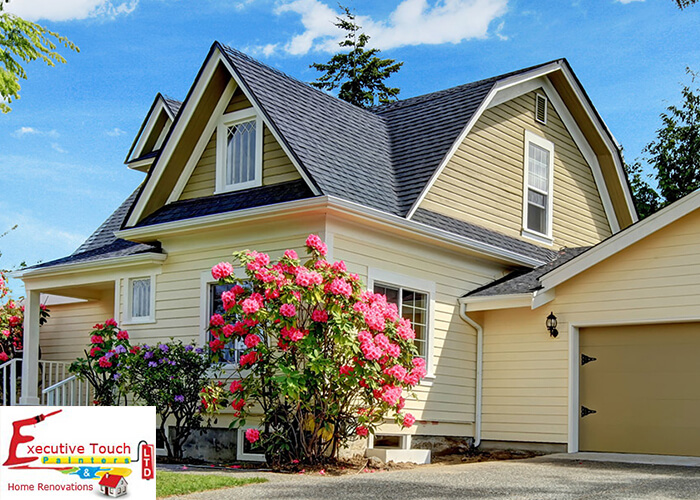
The paint used for your exterior helps in improving the curb appeal and protects from harsh climatic conditions like moisture and hot temperatures. There are different types of exterior paints available in the market, and there is a wide range of paints available for various parts of your house. Special paints are available for fences, gutters, doors, and other home parts. If you are a homeowner looking to paint the exteriors of your house, then read on to know what are the qualities that make a good exterior paint.
It is important to know the different types of exterior paints available and which one is suitable per your conditions if you consider painting your exterior. Here are different types of exterior paints.
The curb appeal of your house depends on the right paint chosen. The best paint chosen for your house stands against weather conditions, high temperatures, and moisture and protects wooden surfaces with low maintenance. Before purchasing exterior paint, it is time to consider the following qualities.
The durability of any paint determines how long and how well the paint stays on the surface and also withstands the elements of nature. At the same time, durability also relates to the number of coats that need to be applied to have a more durable surface. The way the paint is applied also decides the durability of the surface, as a paint roller provides a more durable coating than a sprayer. Sheen is also seen as an indication of durability, as the higher the gloss, the more the durability.
Chemicals and solvents in paints emit toxic gases or fumes called VOC or Volatile Organic Compounds. When inhaled, the fumes or gases released in the painting process can cause headaches and nausea. VOC gases are the most toxic, and these compounds are being added to paints to decrease the drying time and increase the hardness of paint. In the present scenario, VOC, free paints are available, containing less than 5 grams of VOC in one liter of paint.
Extending the painting session is one area that has been a concern in most painting projects and when painting under the threat of rain. If you have decided to conduct the painting project in the spring or fall season, there are special paints equipped with special technology that help you paint at temperatures of 35 degrees or more. In other cases, if there is sudden rain and there is no chance to postpone the painting duty, then certain paint products can be painted in the rain without any worry.
Direct sunlight and UV rays can damage exterior paint causing loose gloss and chalking. Latex paints that are not 100% acrylic and oil-based paints are the two biggest offenders. Be safe and go with at least a mid-grade 100% acrylic paint.
The blister-resistant property of paints keeps away excess moisture from affecting the paint layer on the surface of exteriors. To have a more blister-resistant exterior surface, not paint on a wet surface and let the surface get completely dried up.
Painting trim involves a lot of time-consuming prep work and brushwork, so choose a premium paint for the longest-lasting protection—gloss or semigloss 100 percent acrylic latex. They’re more durable than flat latex because they have a higher resin content.
Different paints have different dry times, and a second coating is applied after the first coat has dried up. The second coat for latex paints can be applied after 4 to 6 hours, and for oil paint, the waiting time can be 24 hours.
While conducting an exterior painting project for your house, many things need to be considered. The above qualities are to be checked for any exterior paint if you need a good finish for your exteriors. If you are a homeowner looking to paint your house and are confused about selecting the right paint for your house, you need to talk to an exterior painting professional. Our painters at Executive Touch Painters have over 30 years of experience in all types of painting projects. Contact us for more details.